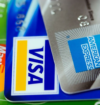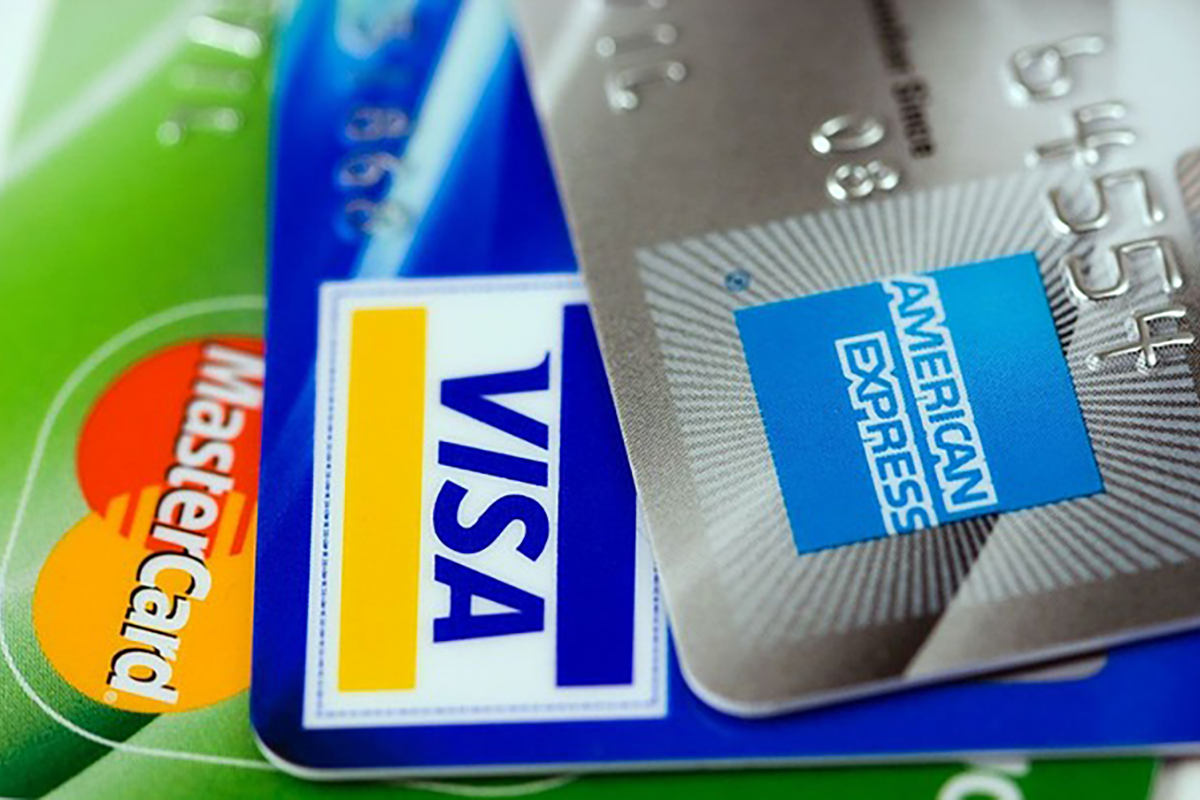Consumer credit increased by $8.9 billion in August, bringing the total to $5.097 trillion, marking a sharp slowdown from July’s $26 billion surge. This represents the fourth smallest increase in consumer credit so far this year, a trend driven largely bya drop in revolving debt.
- Revolving debt fell by $1.4 billion in August. This is the second decline in revolving debt in the last three months, a pattern not seen since 2020.
- Nonrevolving debt, which includes auto and student loans, rose by $10.3 billion in August. While this is a slowdown from July’s $16 billion jump, it remains the second-largest increase in the last 14 months.
Why? The dip in consumer credit may indicate that banks are tightening lending standards in anticipation of an economic slowdown. Alternatively, it could suggest that consumers are curbing their spending due to concerns about a potential cooling labor market.
- Either way, the slowdown in credit growth aligns with the Federal Reserve’s belief that economic activity is cooling, and that this trend will likely continue.
Bottom Line: The decline in revolving debt and the slower pace of nonrevolving debt growth may reflect a broader shift in consumer behavior, as people become more cautious about taking on new debt amid rising interest rates and economic uncertainty. The Fed will likely see these numbers as a sign that its efforts to moderate economic activity and curb inflation are taking hold. All eyes will be on future economic data to see if this cooling trend continues.



